Munich, renowned for its rich art, stunning architecture and iconic beer culture, is one of Germany's top tourist destinations. While the city offers countless attractions, its surroundings are equally captivating and worth exploring. Here are my top seven wonderful day trips from Munich that I have personally experienced. These trips are mostly made by train and I hope you will enjoy them as much as I did.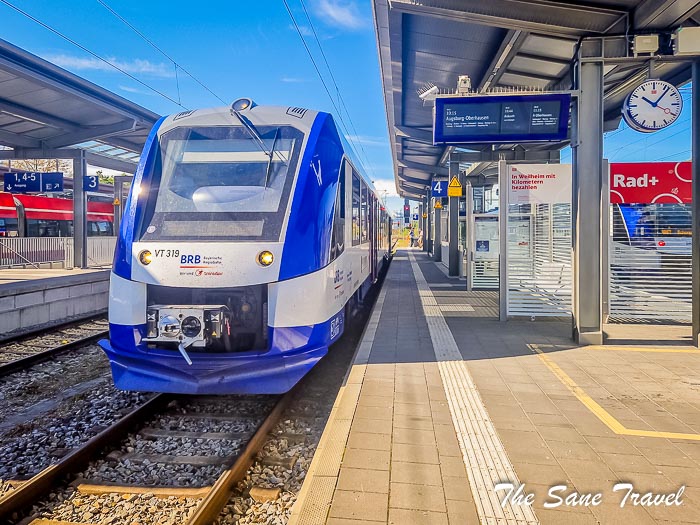
1 Freising and Schleissheim
The attractions of Freising Cathedral, the historic Weihenstephan Brewery and Freising's Old Town make for a worthwhile excursion from Munich. 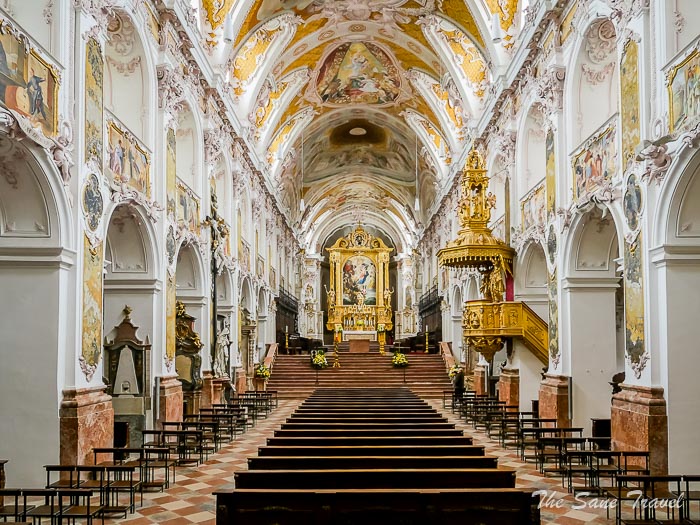
Getting there
Freising is approximately 45 kilometres from Munich, while the Schleissheim Palace complex is around 20 kilometres from the city. Travellers can reach Freising in under an hour by taking the S-Bahn S1. Additionally, the same train line provides easy access to the royal Schleissheim Palace in Oberschleissheim, making for a convenient and enjoyable day trip from Munich.
Tip
The Schleissheim Palace complex is closed on Mondays. If you want to visit the palace complex, I suggest going between April and October, as that is when it operates under extended hours. Visitors can easily spend four hours or more exploring the museums and grounds.
Learn more about this day trip in my article.
2 Explore both Ammersee and Starnberg lakes in a single day
If you are eager to see two picturesque lakes, explore quaint towns and add a touch of spirituality to your trip, I have a delightful itinerary for you. This journey will include visits to the two stunning lakes, a scenic boat ride on Ammersee and a tour of the ornate Baroque Marienmunster Church in Diessen. This church is known for its intricate Diessener Himmel ceiling paintings by renowned artists in the 18th century.
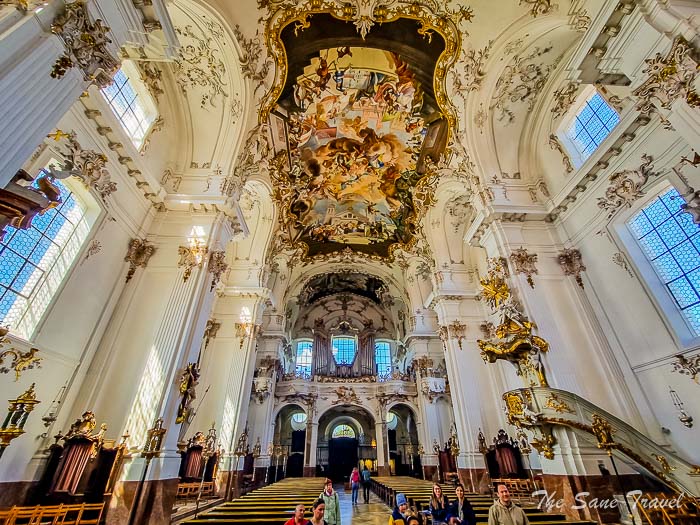
Timetable of the trip
Both Herrsching and Tutzing are located around 40 kilometres from Munich. Firstly, take the S-Bahn S8 from Munich Central Station to Herrsching around 8 a.m., with the journey taking just over 50 minutes. Afterwards, proceed directly to Herrsching boat station to catch the ferry to Diessen at 9:30 a.m. After exploring the quaint town and enjoying the sights of Marienmunster, return to Diessen boat station and take the ferry back to Herrsching. I recommend boarding the ferry that departs at 12:20. From Herrsching, go to Andechs Monastery by bus No. 951 or 958, which will get you there in 15 minutes. Once you have explored Andechs Monastery, hop on bus No. 958 to Tutzing and then catch a train back to Munich.
Tip
Due to the seasonal ferry schedule, this itinerary can only be followed between May and September. There is no ferry available at 9:30 a.m. from Herrsching to Diessen during other months.
Learn more about this day trip in my article.
3 Nuremberg
Nuremberg has been a significant reflection of German history since the Middle Ages with its impressive, exciting, colourful, mighty and tragic aspects. 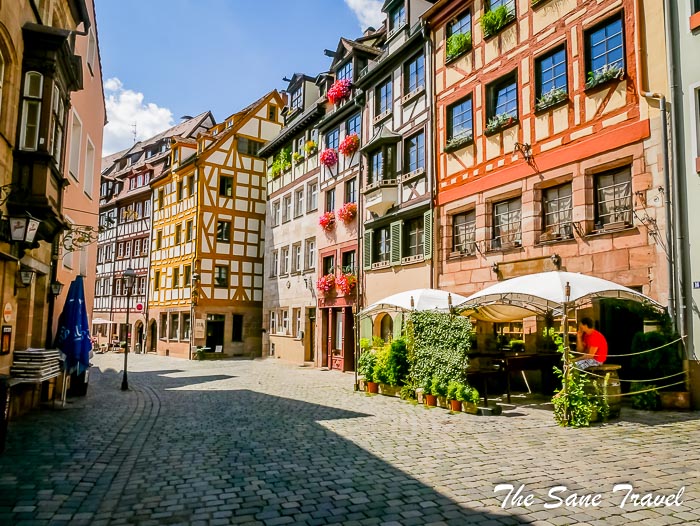
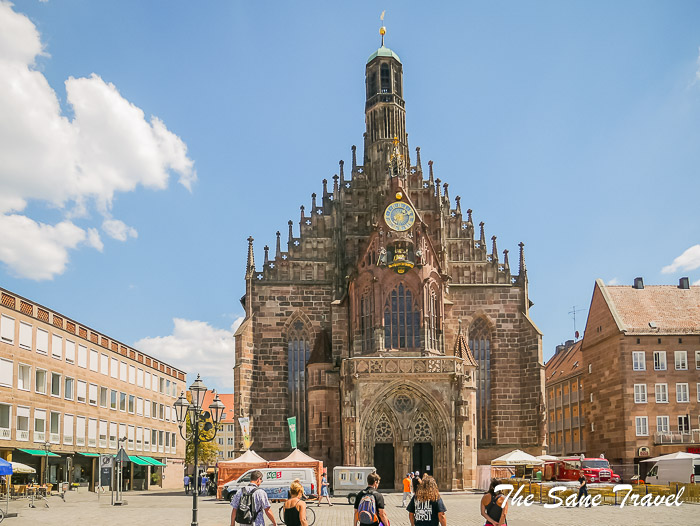
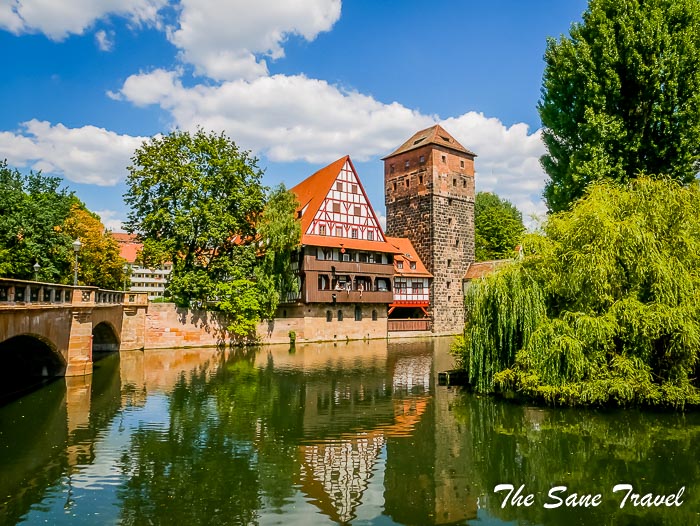 The city's skyline is still defined by the imposing fortress constructed around 1140 under Emperor Konrad III. Nuremberg's historical mile culminates at the castle and includes intricately adorned churches, elaborate fountains and the Tucherschloss Museum.
The city's skyline is still defined by the imposing fortress constructed around 1140 under Emperor Konrad III. Nuremberg's historical mile culminates at the castle and includes intricately adorned churches, elaborate fountains and the Tucherschloss Museum. 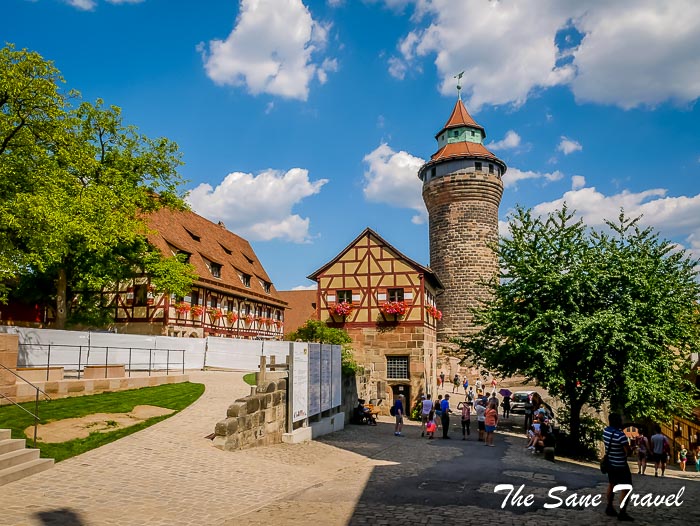 However, the city also has other sites that serve as sober reminders of its darker historical moments.
However, the city also has other sites that serve as sober reminders of its darker historical moments.
Getting there
Nuremberg is just over 170 kilometres from Munich. The high-speed train will take you there in an hour and ten minutes.
Tip
It is worth noting that the city of Furth has now merged with the larger city of Nuremberg, with the two city centres being only 7 kilometres apart. Unlike Nuremberg, Furth sustained minimal damage during the Second World War. With over 1,000 years of history, Furth boasts a significant number of historic buildings and monuments, making it a worthwhile addition to your itinerary when visiting Nuremberg.
Learn more about this day trip in my article about visiting Nuremberg.
4 Regensburg
Regensburg, situated at the confluence of the rivers Danube, Naab and Regen, serves as the administrative seat of the Upper Palatinate, one of Bavaria's seven administrative districts. While some view Regensburg as an excellent destination in Germany, it ultimately comes down to individual preference. This city, once the capital of Bavaria and now a UNESCO World Heritage Site, is renowned for landmarks such as Regensburg Cathedral, Thurn and Taxis Palace, the patrician towers and the Stone Bridge.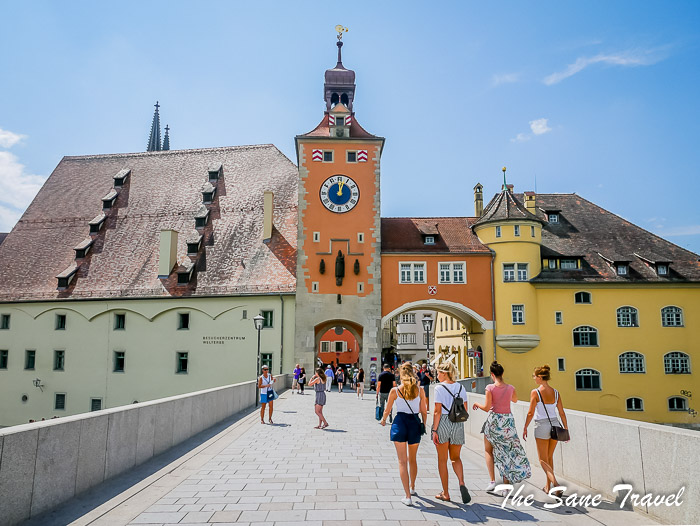
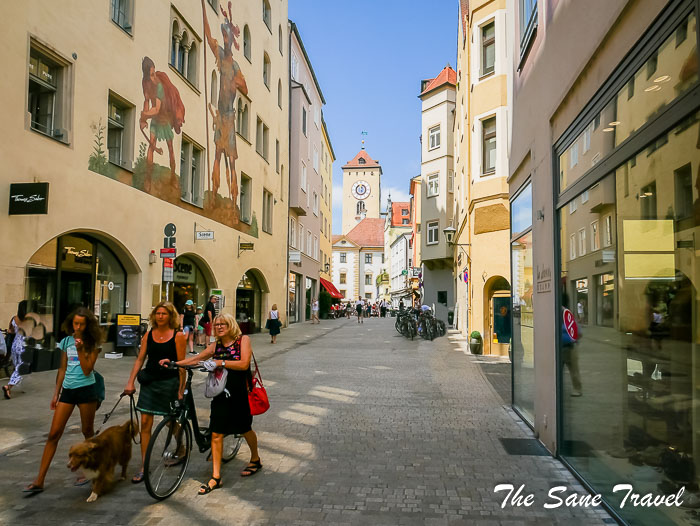
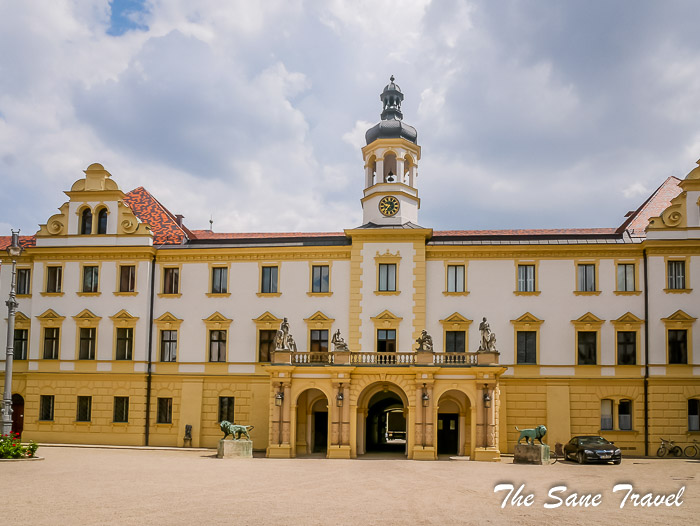 Despite its historical significance, Regensburg offers much more than just these attractions. The city's medieval old town, largely spared from World War II bombings, boasts nearly 1,000 protected buildings. The presence of colourful houses adds a Mediterranean charm to the city, earning Regensburg its nickname 'Italy's northernmost town'.
Despite its historical significance, Regensburg offers much more than just these attractions. The city's medieval old town, largely spared from World War II bombings, boasts nearly 1,000 protected buildings. The presence of colourful houses adds a Mediterranean charm to the city, earning Regensburg its nickname 'Italy's northernmost town'.
Getting there
Regensburg is about 130 kilometres from Munich. The train will get you there in an hour and a half.
Learn more about this day trip in my article about things to do in Regensburg.
5 Herrenchiemsee Palace of Ludwig II
Ludwig II, who reigned as King of Bavaria from 1864 to 1886, is a prominent historical figure in Bavaria. He was a visionary who constructed three of the region's most renowned and opulent castles, which are now popular tourist destinations. Among these is Herrenchiemsee, situated on the largest island of Lake Chiemsee. King Ludwig II purchased Herreninsel in 1873 to build his royal Palace of Herrenchiemsee, modelled after the Palace of Versailles as a tribute to King Louis XIV of France, whom he greatly admired. Although the palace was his grandest undertaking, it remained unfinished. Nevertheless, its extravagant interiors and beautiful gardens are well worth a visit.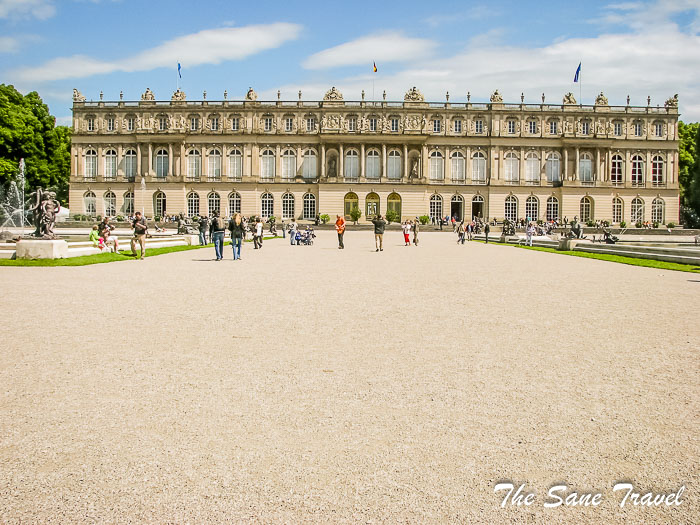
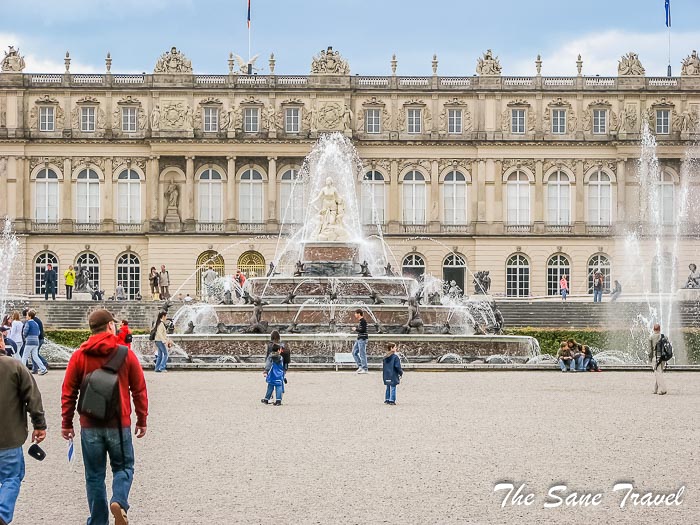
Getting there
Herrenchiemsee is located just over 90 kilometres from Munich. The train will take you to Prien am Chiemsee station in under an hour, and from there, you can catch a boat to Herreninsel, where the palace is situated.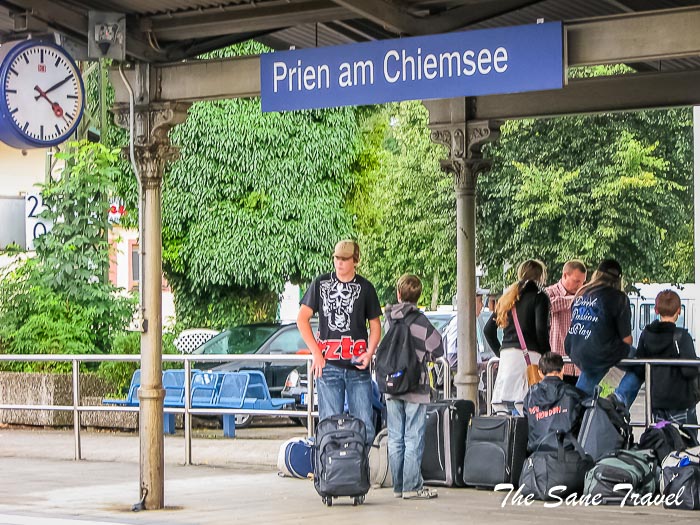


6 Augsburg
Augsburg is the third largest city in the region, situated between Munich and Memmingen. Two notable attractions in Augsburg include the Fuggerei, a historic social housing estate founded by the Fugger family in the Middle Ages, and the Augsburg Water Management System, recognised by UNESCO. Established in 1521 by Jakob Fugger, the Fuggerei provides affordable housing to needy citizens in Augsburg, making it the oldest social housing complex in the world.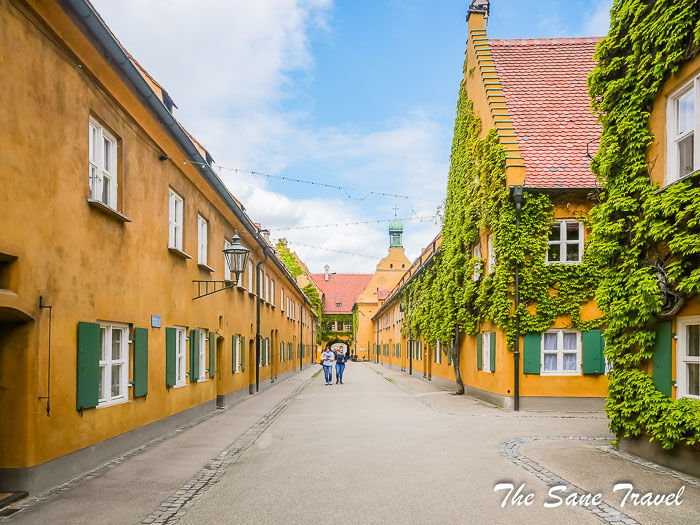 UNESCO recognised the Augsburg Water Management System in 2019 for its medieval canals and water towers, distinguishing its contributions to hydraulic engineering advancements. This system, comprising 22 components including hydroelectric power stations and fountains, has played a crucial role in technological innovations in waterways and drinking water supply.
UNESCO recognised the Augsburg Water Management System in 2019 for its medieval canals and water towers, distinguishing its contributions to hydraulic engineering advancements. This system, comprising 22 components including hydroelectric power stations and fountains, has played a crucial role in technological innovations in waterways and drinking water supply.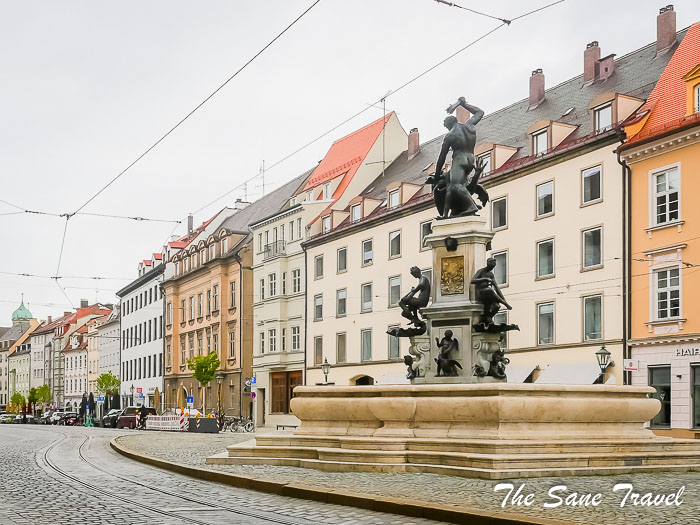
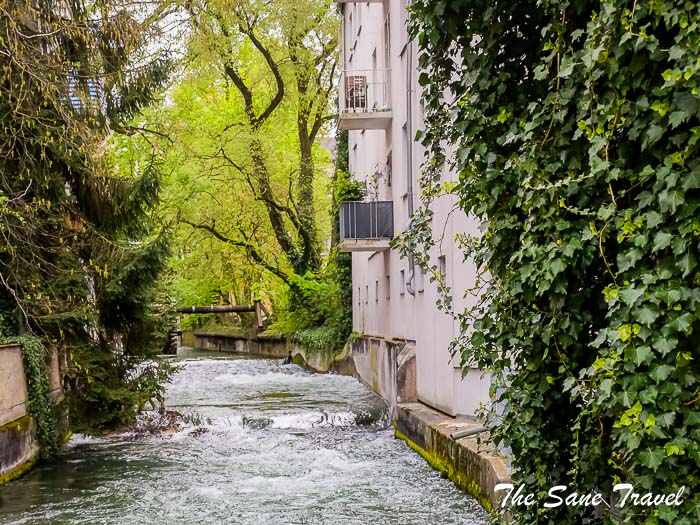 Augsburg certainly offers much more than just these attractions.
Augsburg certainly offers much more than just these attractions.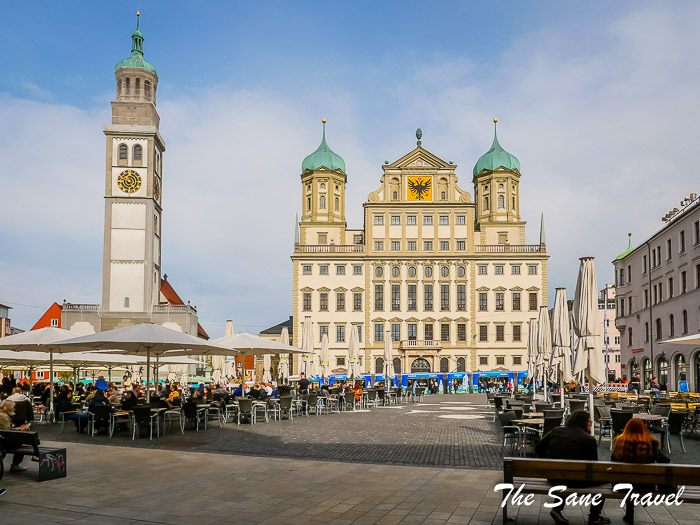
Getting there
Augsburg is about 70 kilometres from Munich. The train journey will take 30 to 50 minutes, depending on the type of the train.
Learn more about this day trip in my article about a self-guided walking tour of Augsburg.
7 Salzburg
Nestled in a picturesque setting amidst the Alps and alongside the River Salzach, Salzburg is considered one of Austria's most beautiful cities. As the birthplace of Austrian classical music and Mozart, it attracts visitors with its stunning palaces, imperial architecture and rich cultural heritage. Some must-see activities include visiting Hohensalzburg Fortress, exploring the cathedral, shopping on Getreidegasse and enjoying the views from Kapitelplatz.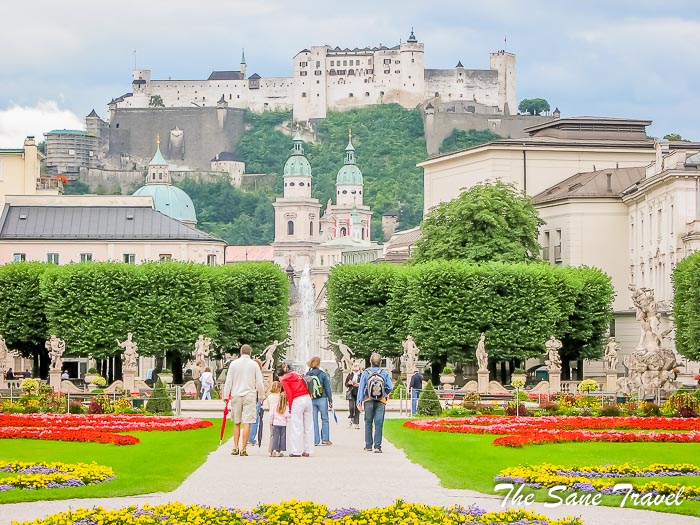
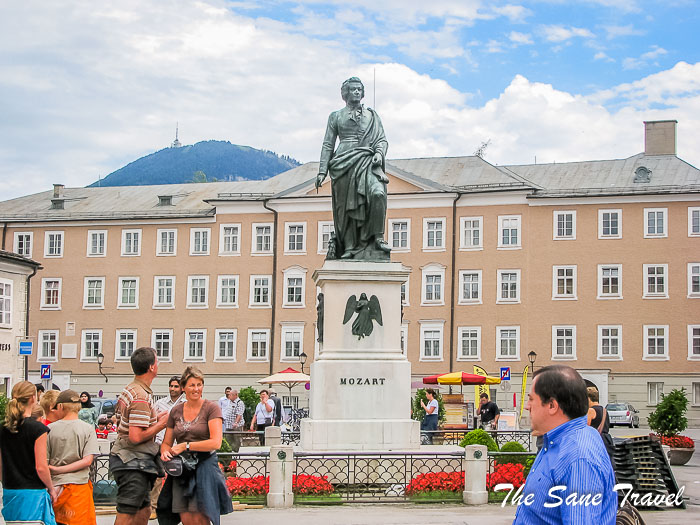
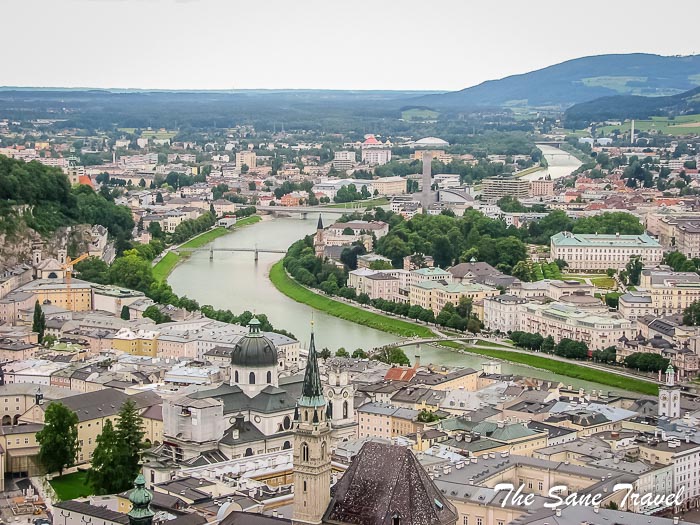 The city also offers opportunities for hiking, climbing and exploring the beautiful Mirabell Gardens. With a high tourist-per-capita ratio, Salzburg is one of the busiest cities in Europe all year round, attracting visitors from around the world.
The city also offers opportunities for hiking, climbing and exploring the beautiful Mirabell Gardens. With a high tourist-per-capita ratio, Salzburg is one of the busiest cities in Europe all year round, attracting visitors from around the world.
Getting there
Salzburg is located around 150 kilometres from Munich. The train will get you there in 1.5 hours.
Tip
When organising your travel plans, it can be beneficial to consider destinations beyond particular country borders, as is the case with Salzburg. The city is situated approximately 150 kilometres from Munich and around 300 kilometres from Vienna, so it is more practical to visit it from Munich rather than Vienna.
Final thoughts
Since you will visit Neuschwanstein Castle anyway, I did not include it in my list.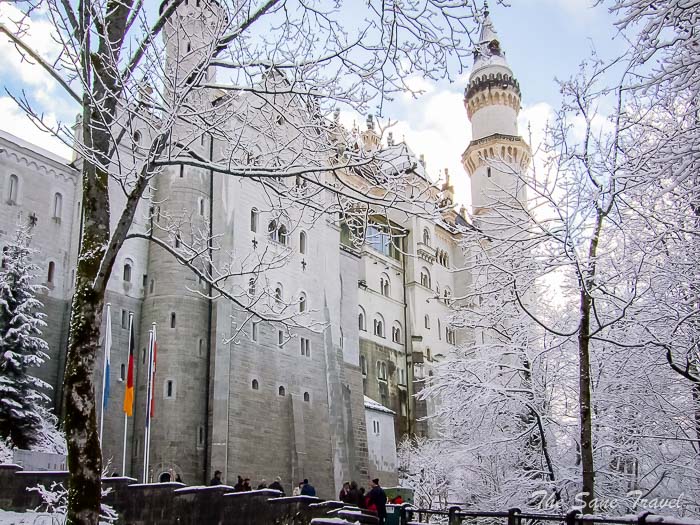
Like it? Pin it!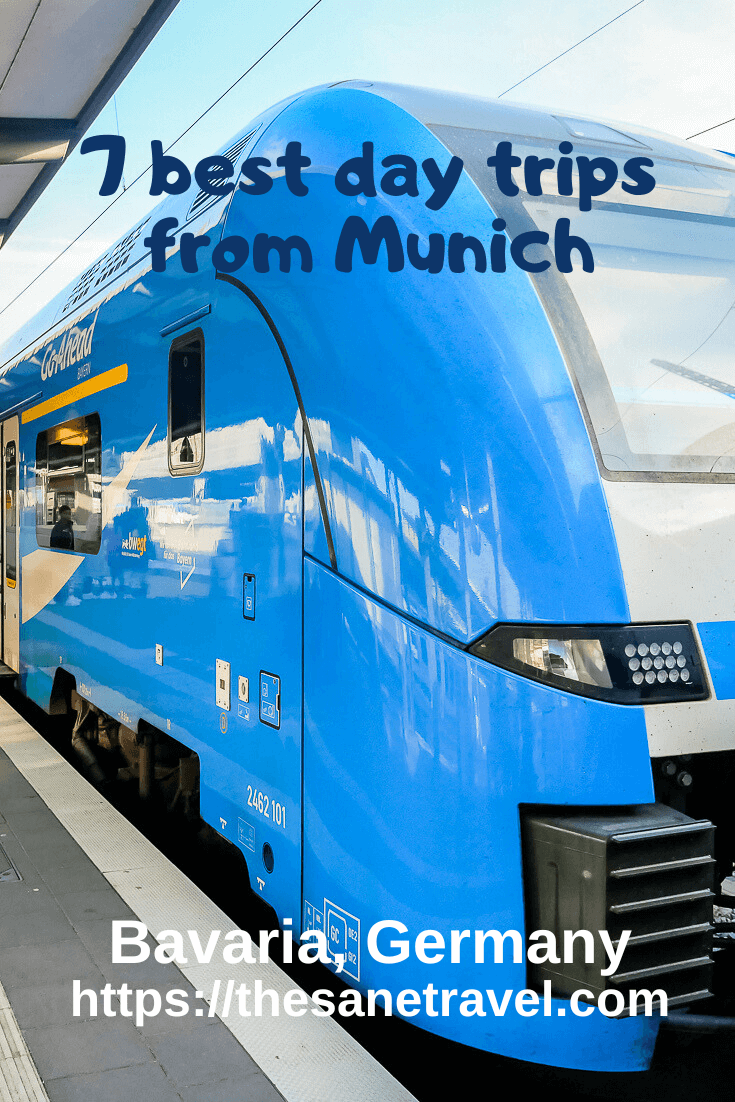
What did you think? Have you made any day trips from Munich? I would love to hear from you, so please add your comment below.
Author: Anita Sane

About the author
Anita is a part-time traveller, passionate photographer and a retired career woman from Latvia, travelling mostly solo for more than 15 years. She is a skilled travel planner who plans and executes her travels by herself. Anita wants to show you how to travel the world and open your mind to new experiences. Follow her on Facebook, Instagram, Pinterest, Twitter and Bloglovin.

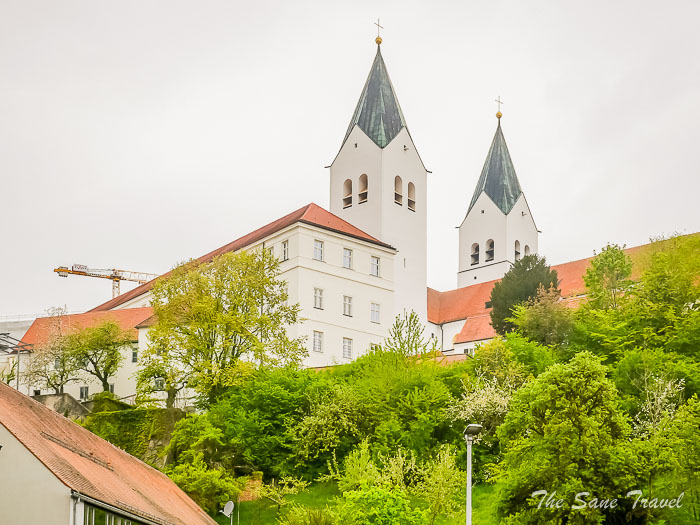
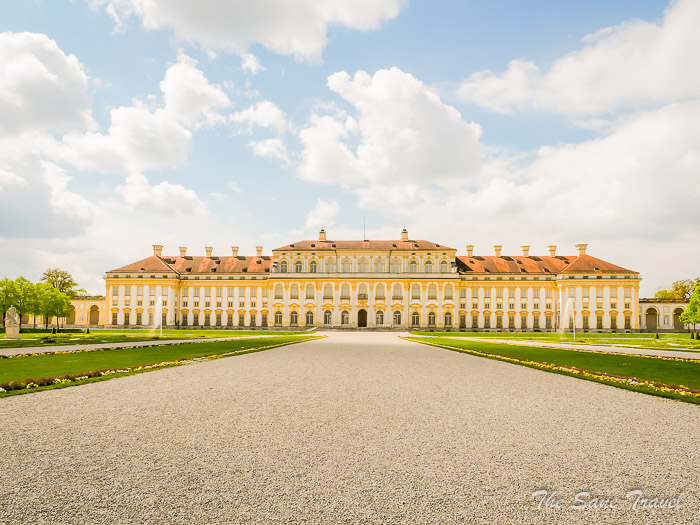
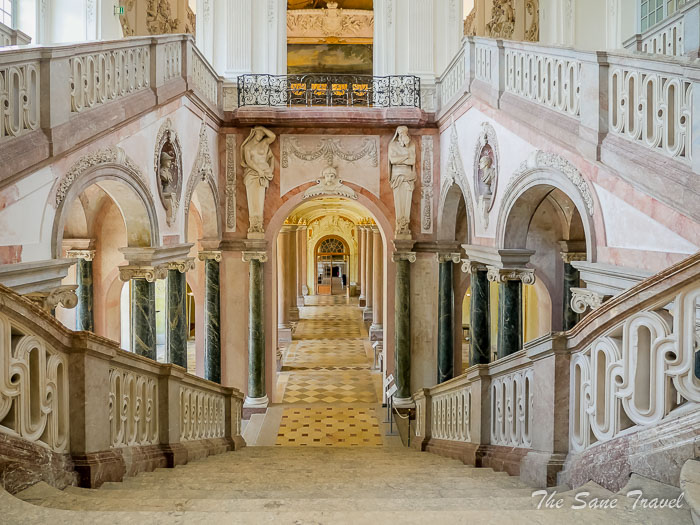
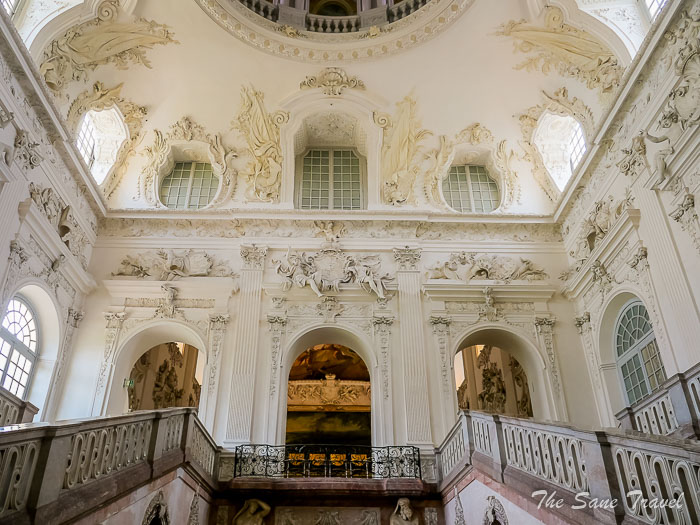
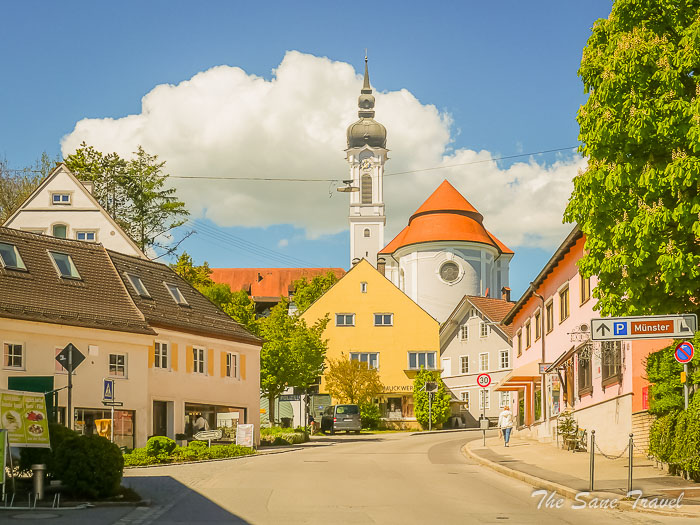
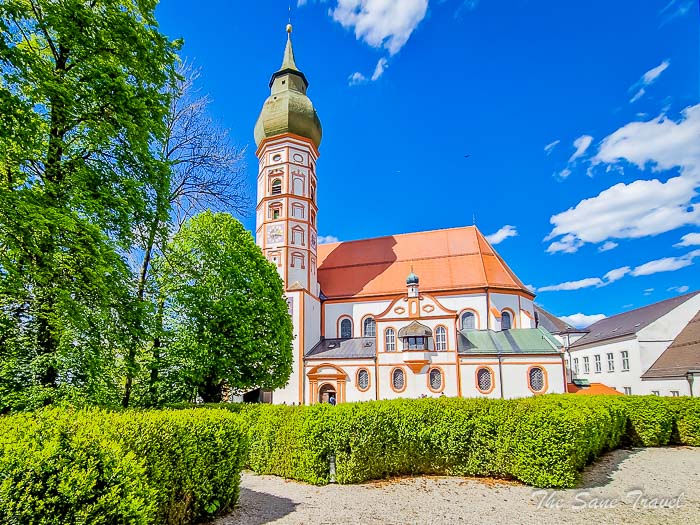
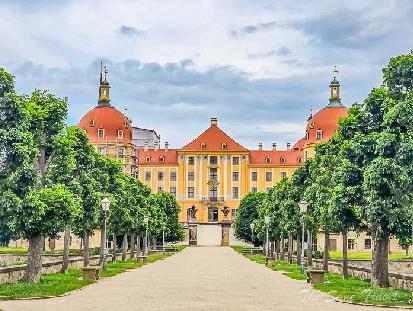
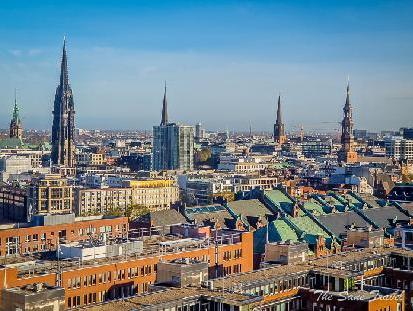
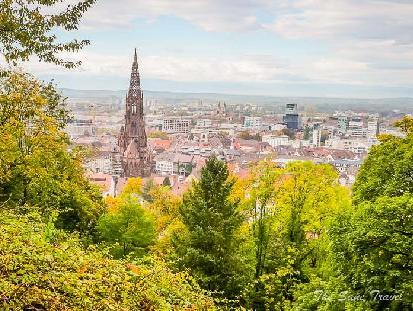
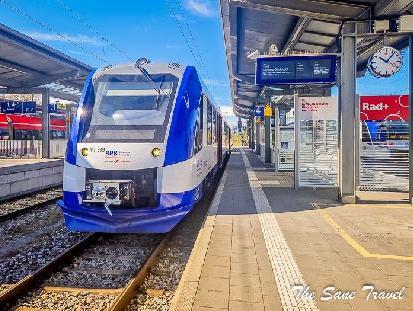
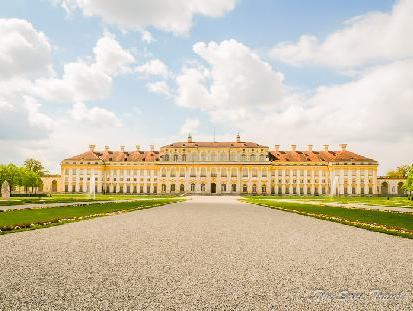
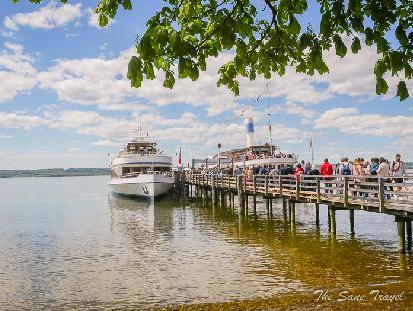
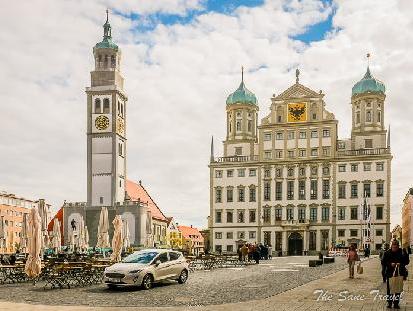
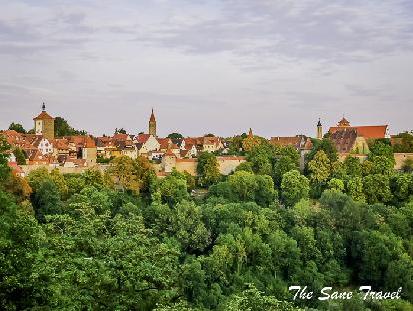
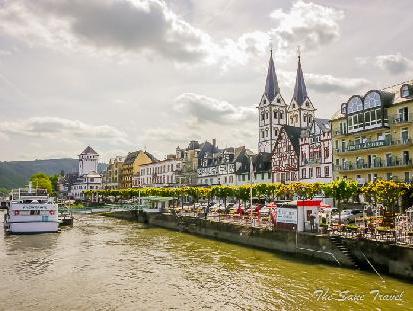
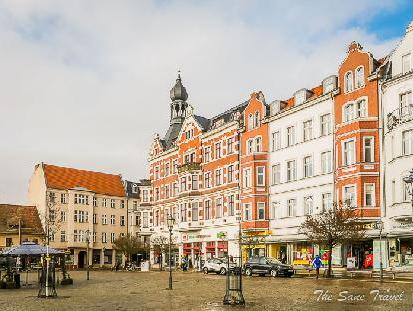
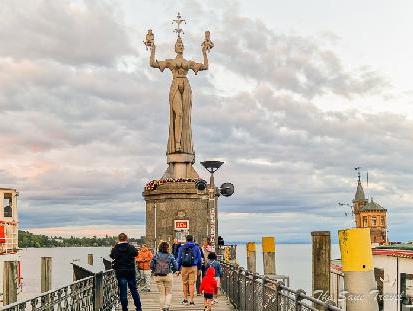
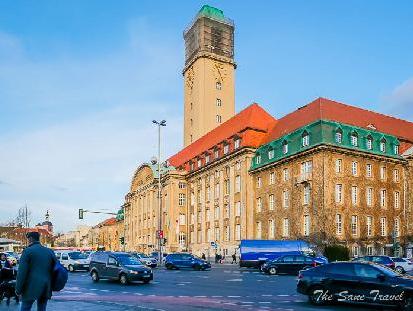

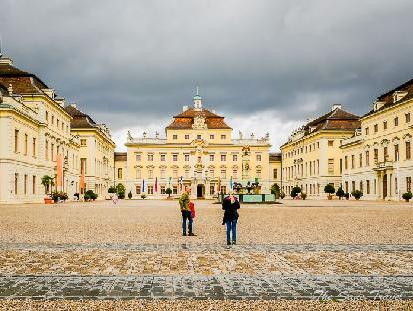
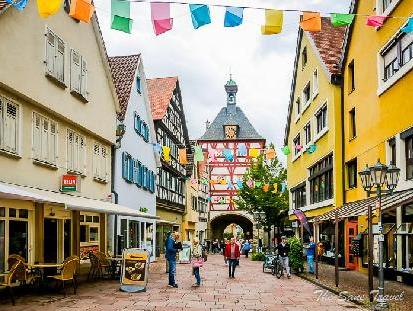
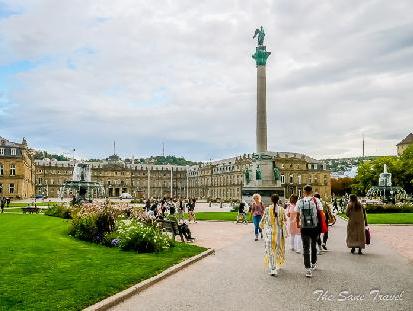

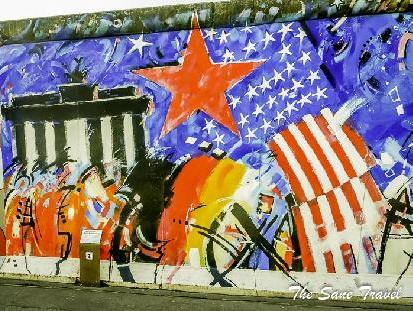
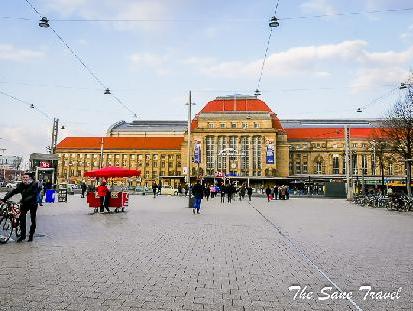
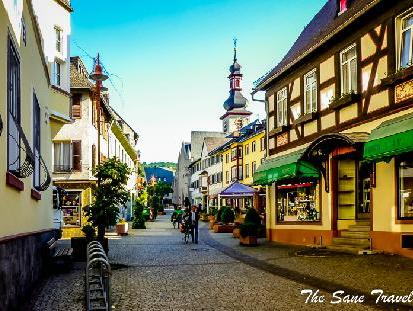
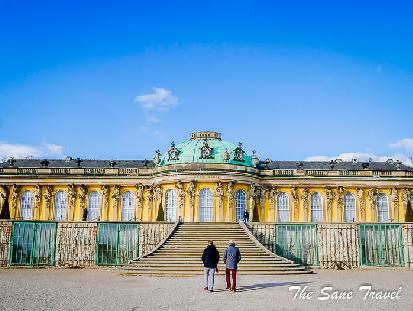
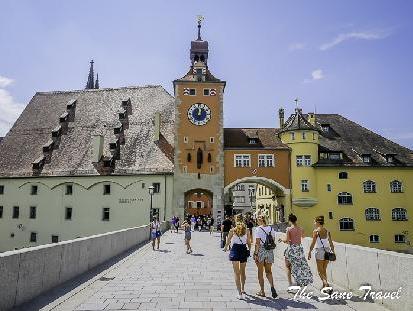
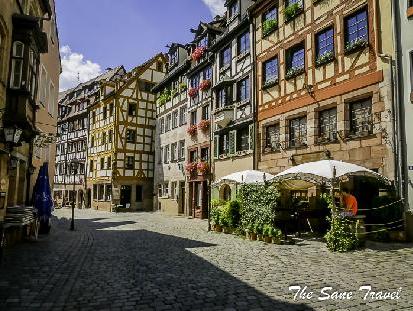
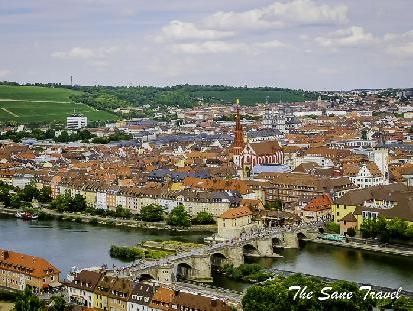
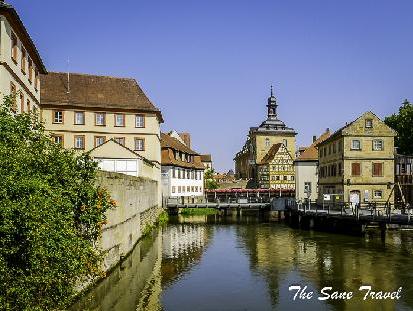
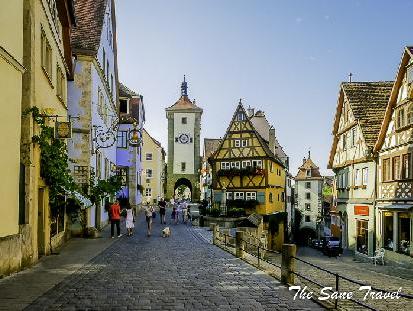
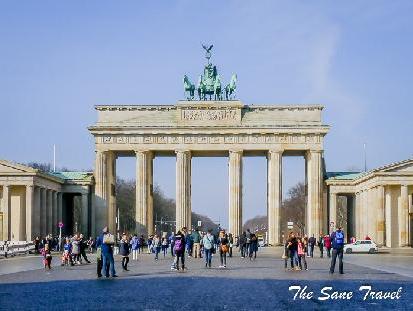
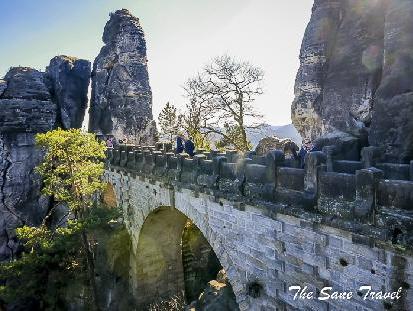
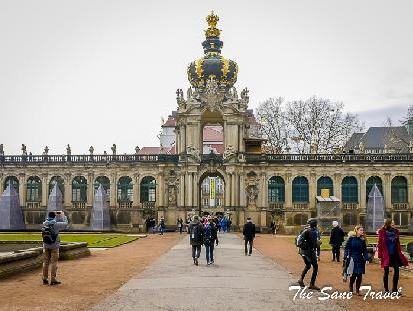
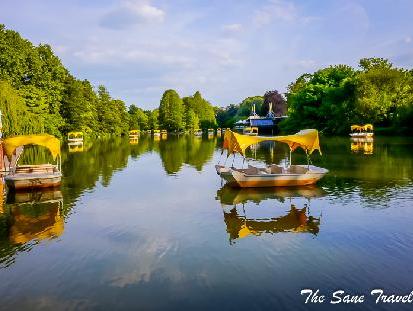
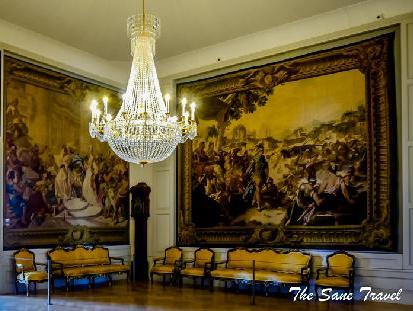
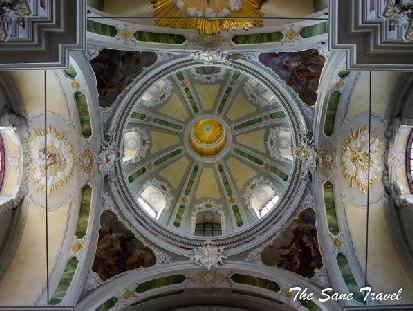
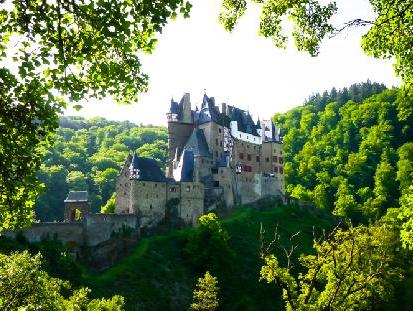
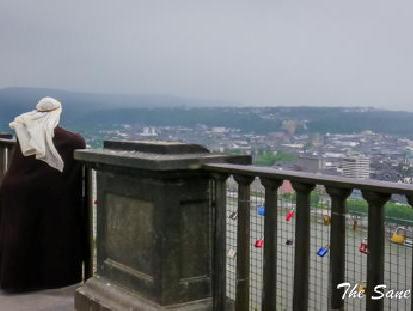
Report
My comments